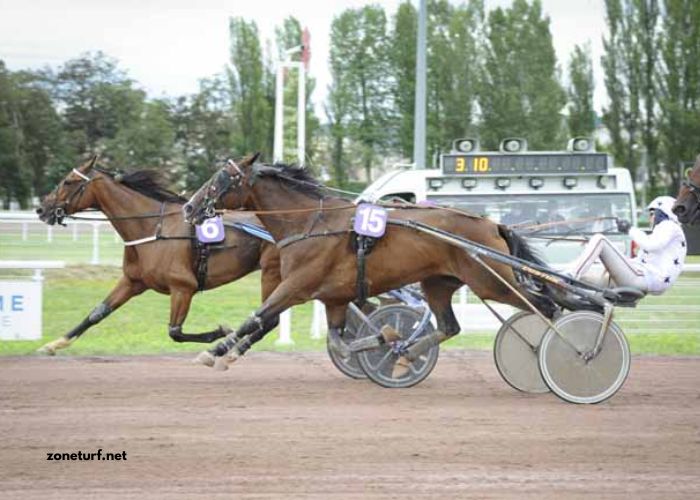The blue sky is a ubiquitous sight, but have you ever wondered why it appears blue? In this article, we’ll delve into the fascinating science behind the blue sky phenomenon and explore its unexpected connection to the world of turf betting. From atmospheric optics to betting strategies, we’ll uncover the secrets of the sky and its intriguing parallels to turf betting.
The Science of Sunlight: Understanding the Spectrum
At the heart of the blue sky mystery lies the science of sunlight. Sunlight consists of a spectrum of colors, ranging from red to violet. Understanding how sunlight interacts with Earth’s atmosphere is crucial to unraveling the mystery of the blue sky.
Rayleigh Scattering: The Key to Blue Skies
Rayleigh scattering is the phenomenon responsible for the blue color of the sky. When sunlight enters Earth’s atmosphere, it interacts with gas molecules, scattering shorter (blue) wavelengths more than longer (red) wavelengths. This scattering gives the sky its characteristic blue hue.
Atmospheric Composition: Factors Influencing Sky Color
The composition of Earth’s atmosphere plays a significant role in determining the color of the sky. Factors such as air density, humidity, and pollution levels can influence the intensity and shade of blue observed in the sky.
Turf Betting Strategies: Analyzing the Odds
In turf betting, punters analyze various factors to assess the likelihood of a horse winning a race. Similarly, understanding the atmospheric conditions and their impact on the sky can help punters make informed betting decisions based on the odds.
Cloud Cover and Sky Color: A Turf Bettor’s Perspective
Cloud cover can affect the color of the sky, altering its appearance from bright blue to muted gray. Turf bettors must consider weather conditions when evaluating race dynamics, as cloud cover can impact track conditions and horse performance.
Sun Angle and Sky Color Variations
The angle of the sun relative to Earth’s surface influences the color of the sky. At sunrise and sunset, sunlight travels through a thicker layer of Earth’s atmosphere, resulting in vibrant hues of orange and red. Understanding these variations can inform turf betting strategies based on time of day.
Betting Trends Analysis: Extracting Insights
Just as scientists analyze data to understand atmospheric phenomena, turf bettors analyze betting trends to gain insights into race outcomes. By studying market trends and betting patterns, punters can identify value opportunities and make informed wagering decisions.
Track Conditions and Sky Color: Correlations and Considerations
Track conditions, such as turf firmness and moisture content, can affect horse performance and race outcomes. Punters must consider how atmospheric conditions, including sky color and cloud cover, may influence track conditions and adapt their betting strategies accordingly.
Meteorological Factors and Betting Patterns
Meteorological factors, such as temperature and wind speed, can impact sky color and atmospheric conditions. Turf bettors can leverage meteorological data to assess race dynamics and predict how weather conditions may affect horse performance and betting patterns.
Conclusion
The mystery of why the sky is blue offers intriguing parallels to the world of turf betting. By understanding the science behind the blue sky phenomenon and its atmospheric influences, punters can enhance their betting strategies and make more informed decisions in the exciting world of horse racing wagering. Just as scientists unravel the mysteries of the sky, turf bettors can uncover the secrets to success on the racetrack.


